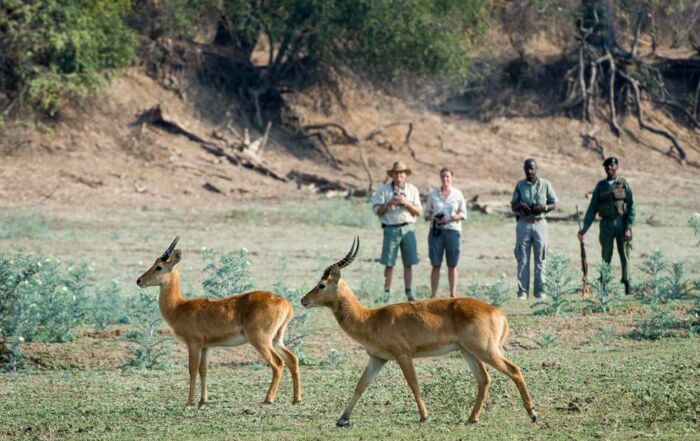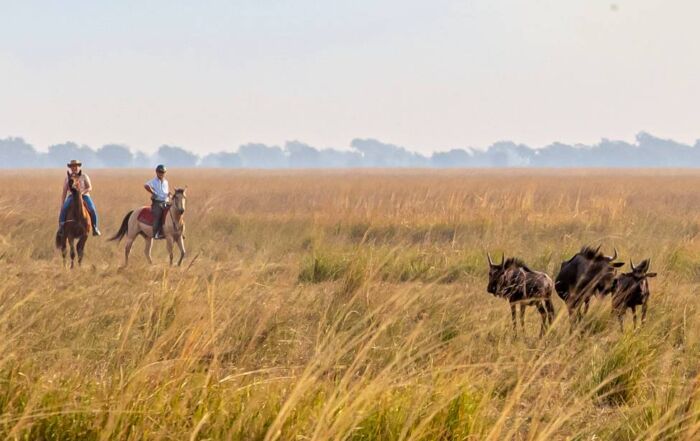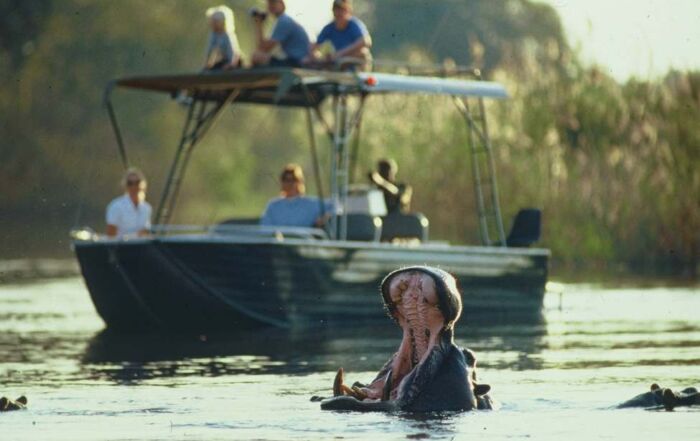6 Reasons You Should Visit Zanzibar
Swim among rich coral reefs. Sail along the coast in a romantic dhow sailboat. Or experience a sensory feast at one of the farms that give Zanzibar the name of “the Spice Islands.”
The Zanzibar Archipelago is a collection of Indian Ocean islands off the coast of East Africa. Historically part of Portugal, Oman, and then Great Britain, it joined with Tanganyika on the African mainland in 1964 to form Tanzania. Zanzibar’s two largest islands are Unjuga (also called Zanzibar Island) and Pemba.
Stone Town, the traditional capital, was named an UNESCO World Heritage Site for its unique urban culture. Swahili, Arab, Indian, and European influences pervade the architecture and cuisine. Stone Town boasts bustling marketplaces, breathtaking mosques, and magnificent palaces.
Just a short drive away, tour spice farms or visit the famed Jozani Forest. This forest is one of the only places in the world where endangered Kirk’s red colobus monkeys can be found in the wild.
Here, we list six reasons to visit Zanzibar. From snorkeling to visiting historic sites, Zanzibar has much to offer.
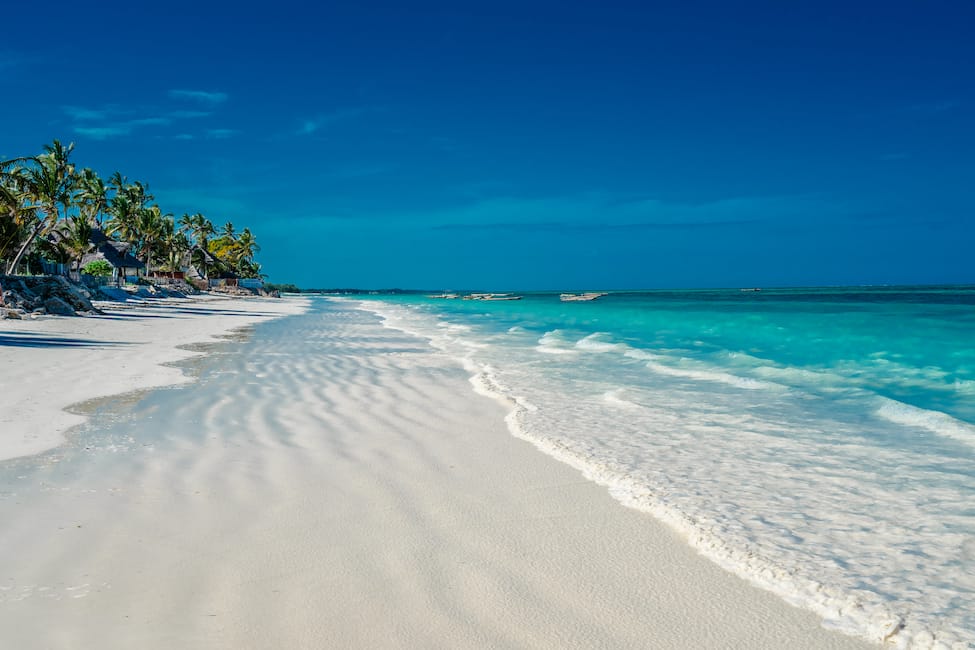
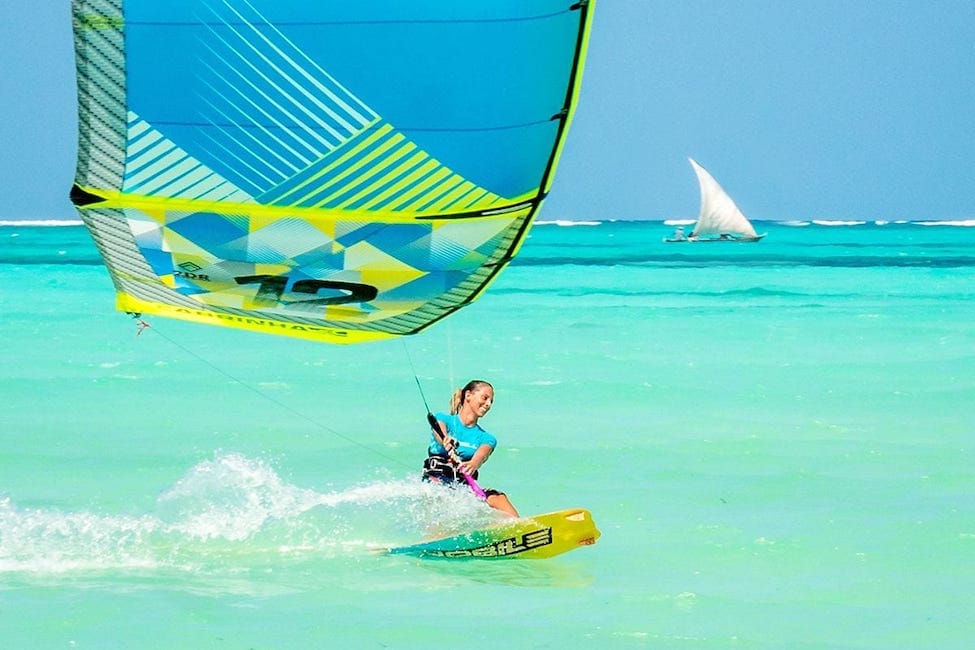
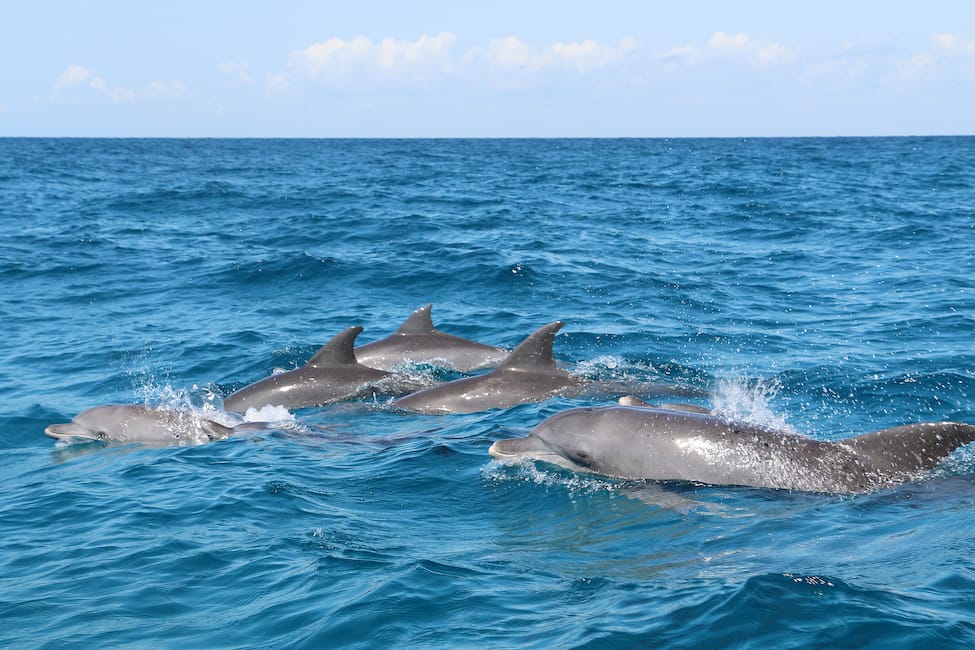
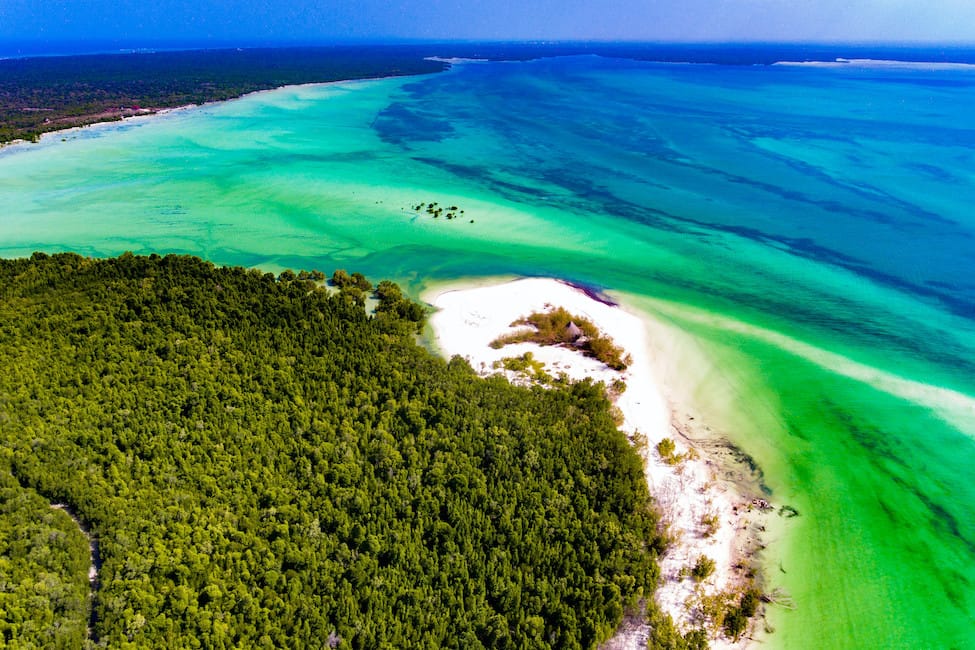
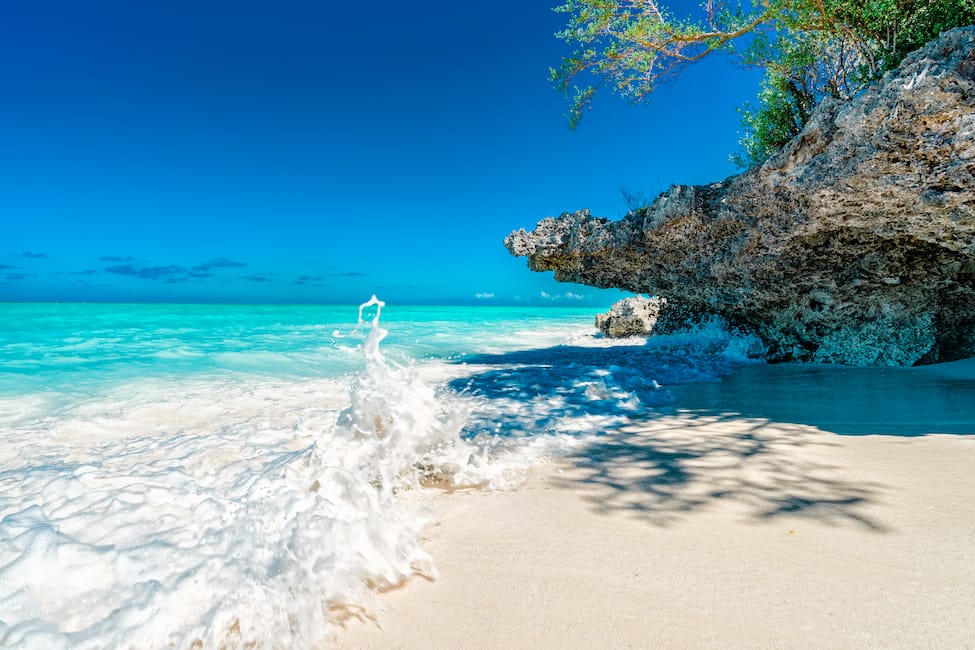
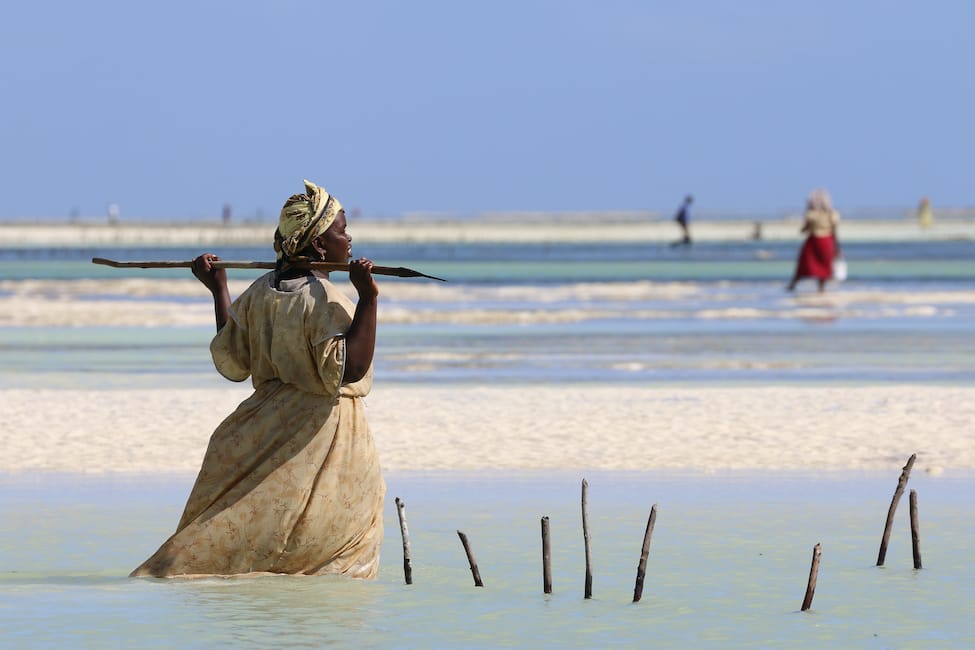
Waves roll gently in on the palm-fringed beach of Jambiani; Paje has ideal conditions for kitesurfing (photo courtesy of White Sands Villas); dolphins are a frequent sight at Kizimkazi; beautiful mangrove forests line the coast of Michamvi; rocky outcrops punctuate the scenic white-sand beaches of Nungwi; a woman cultivates seaweed near Matemwe.
1. Breathtaking Beaches
If you’re feeling dust-clogged after your safari, languishing on the beach for a few days is a fine antidote. Some of Africa’s loveliest beaches are in Zanzibar. The main island, Unjuga, has many to choose from.
Jambiani
Jambiani is on the southeastern coast of Unjuga. At low tide, a tranquil swimming channel forms between its sand banks. You may see fishermen hauling in their catch on wooden boats or women harvesting clams and edible seaweed along the beach.
Paje
North of Jambiani lies Paje, a quiet beach becoming increasingly popular for kitesurfing. The water is clear and the sand is fine and white. Take a stroll through the water at low tide to look for starfish, sea urchins, and more.
Kizimkazi
On the southwest side of Zanzibar Island, Kizimkazi gets one of the highest tides on the island. It is a great place for diving, snorkeling, and looking for dolphins. On land, it is home to the oldest mosque in all of East Africa. Open to visitors, the mosque was built in the 12th century—making it more than 900 years old.
Michamvi
Surfing and windsurfing are big attractions at Michamvi, a beach town on the northeastern tip of Unjuga. Conditions are best from June to November when wind comes from the south.
Nungwi
Named by CNN as one of the top 100 beaches in the world, Nungwi is a popular vacation destination. Situated on the northern end of Unjuga, it offers spectacular tides, sunrises, and sunsets. Here you will find plenty of options for diving, dining, and nightlife.
Matemwe
On the northeast coast of Zanzibar Island, Matemwe is a quiet destination with stunning beaches. At low tide, walk out to explore the reef. Diving, snorkeling, sailing, and kitesurfing are popular activities, as are visits to nearby Mnemba Island. Or simply rest on the beach for sunning or stargazing.
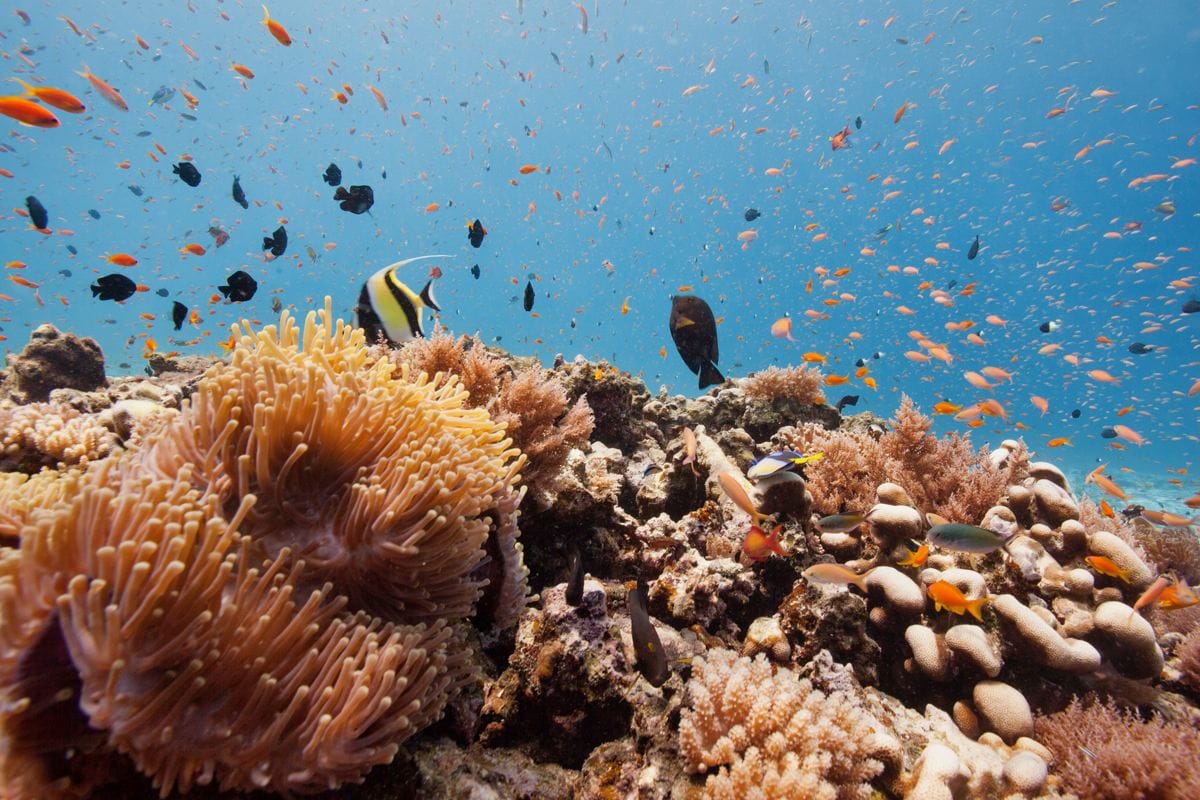
Coral reefs off the coast of Zanzibar are popular with fish and snorkelers alike.
2. Amazing Diving & Snorkeling
Zanzibar’s islands offer some of the best diving and snorkeling in the world. The steep Pemba Channel creates habitat for diverse species of marine life and coral. A trip to Pemba Island’s unspoiled shores and pristine waters is the underwater adventure of a lifetime.
Changuu Island—also known as Prison Island or Quarantine Island—is another wonderful destination for divers and snorkelers. Just 800 meters long and 230 meters wide, the island is surrounded by coral reefs. While you’re visiting Changuu, spend some time on shore. This tiny island is a refuge for Aldabra giant tortoises.
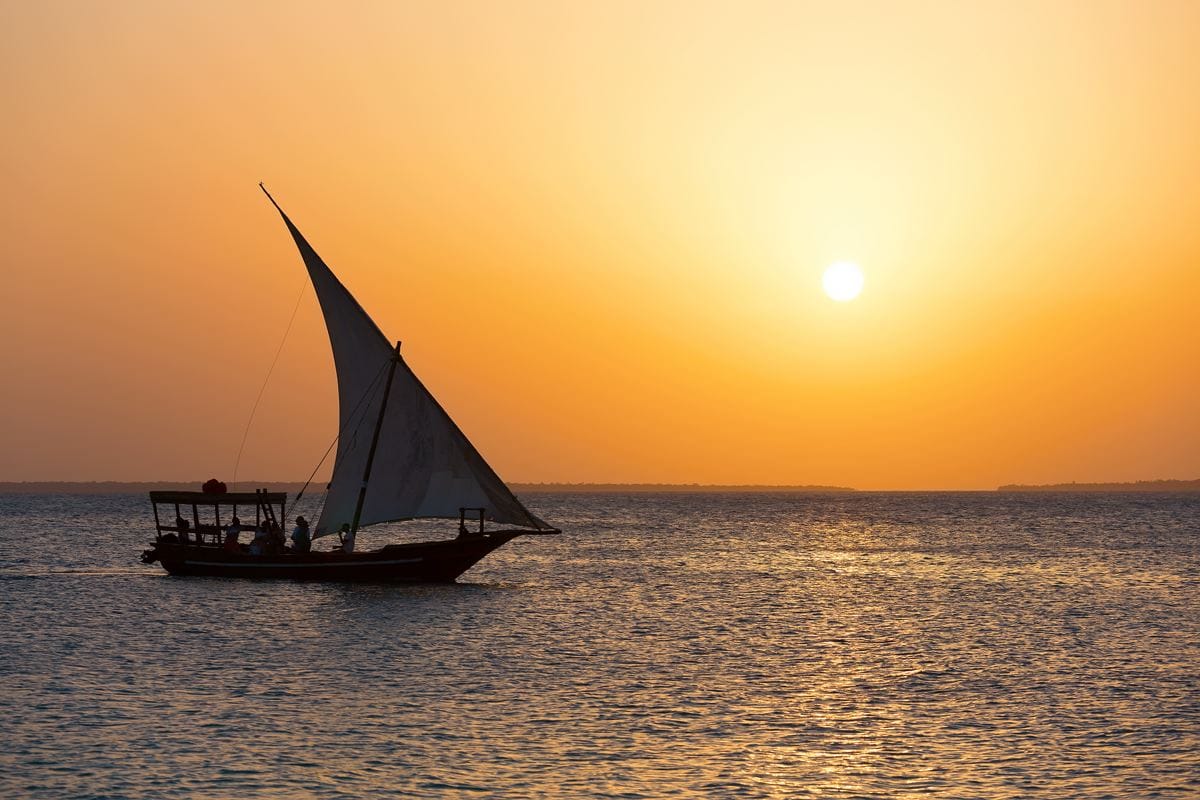
A dhow sails off the coast of Stone Town, Zanzibar, at sunset. Photo by Drouyn Cambridge.
3. Picturesque Boat Cruises
Boat cruises are a favorite way to see the Zanzibar coast. Modern cruise boats offer comfortable seating and gourmet refreshments, while sailboats offer a taste of Zanzibar’s seafaring culture. Choose from the ngalawa or dhow for your sailing adventure. The ngalawa is a double-outrigger canoe traditionally used for short-distance travel and fishing. The dhow is a larger sailboat used in East Africa and South Asia for centuries.
Menai Bay Conservation Area, located off the southwestern coast of the main island of Unjuga, is Zanzibar’s largest marine protected area. It is a wonderful place to explore by boat. Dolphins and a diverse array of bird life can be spotted here.
Want an ocean experience like no other? Travel for a few days on a yacht or dhow, spending each night on a different island. It’s an incredible way to experience the diversity of the Zanzibar Archipelago.
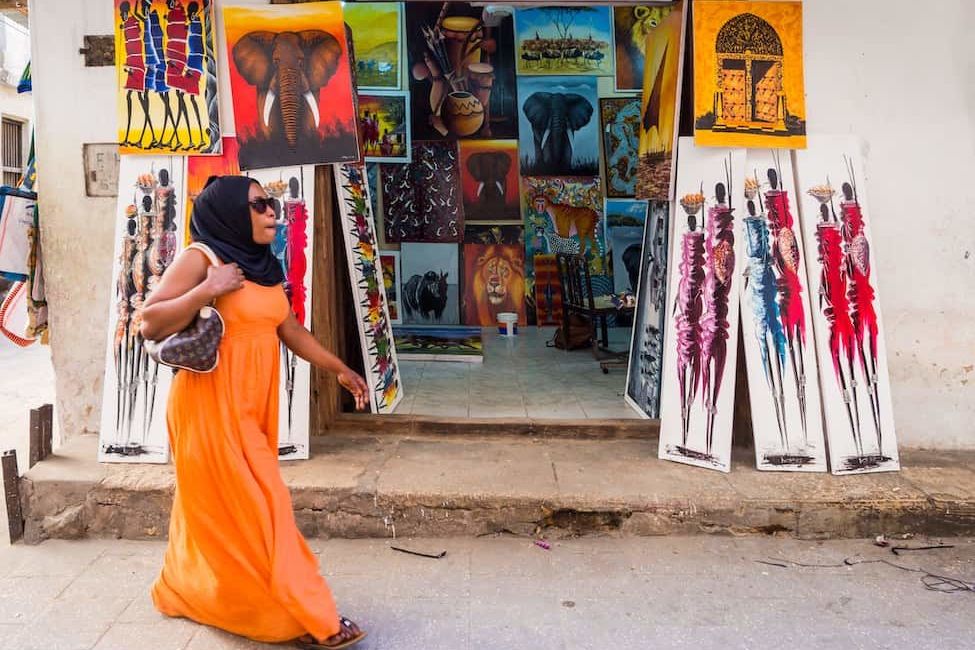
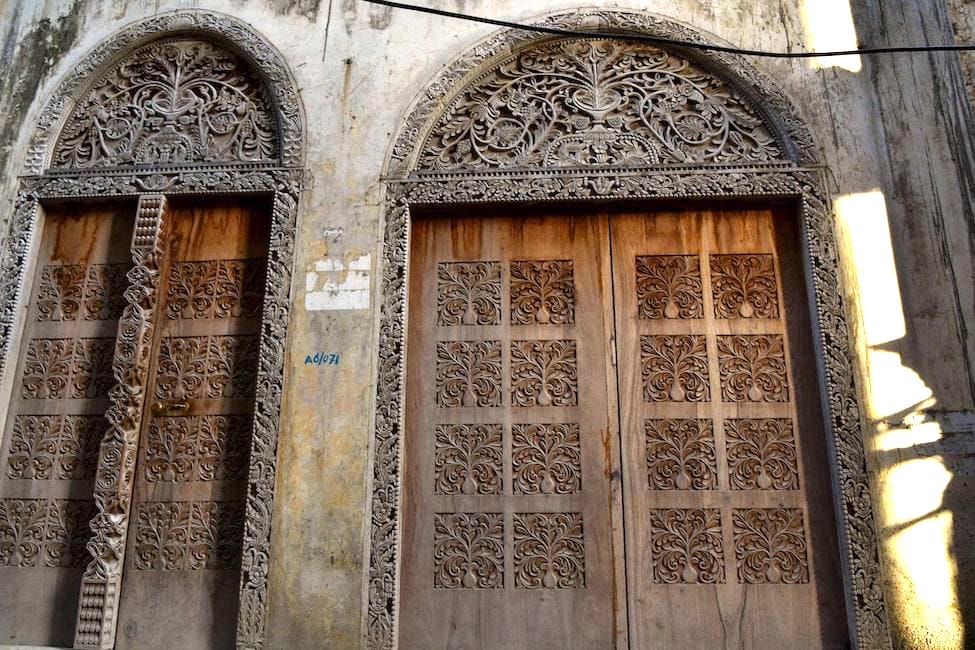
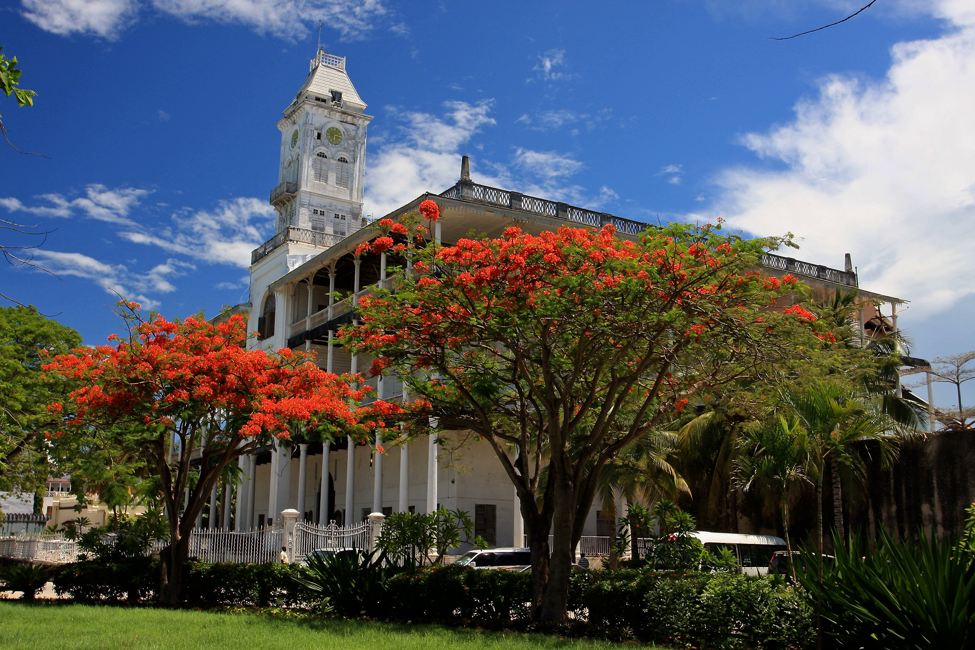

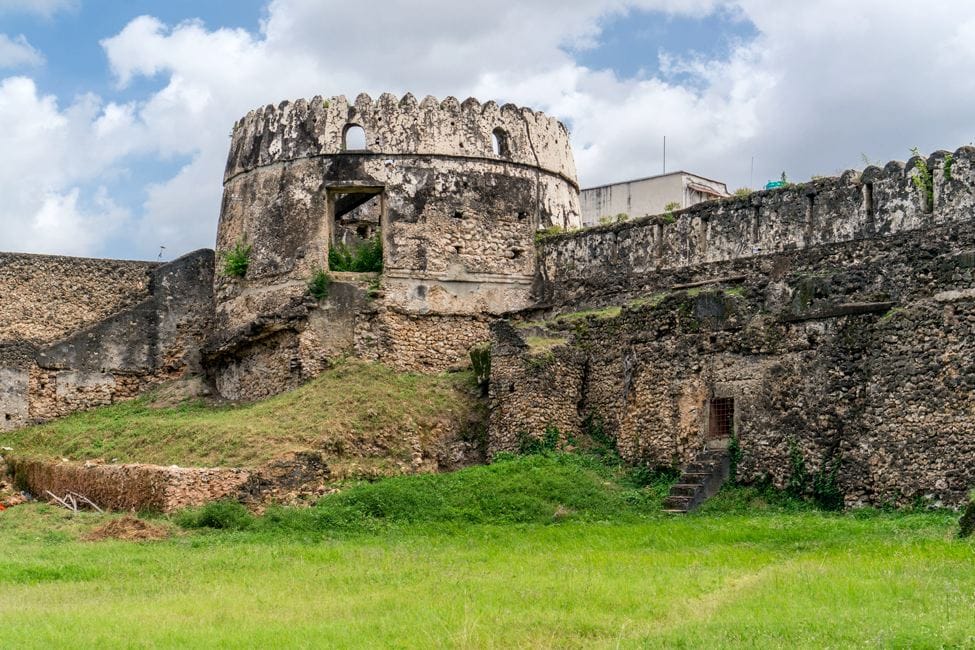

A woman walks past an art studio in Stone Town; Stone Town is known for its unique carved doors (Richard Mortel); built in 1883, the House of Wonders was the first building in Zanzibar with an elevator (TravelingOtter); children in Stone Town play the popular game bao (Olivier Lejade); Omani Arabs built Stone Town’s Old Fort in 1699; see annatto and other fresh spices at farms on the outskirts of Stone Town (Marc Vereert).
4. Explore Stone Town
Stone Town is the island’s historic and cultural center. With narrow streets and white buildings, the architecture fuses Arabic, Indian, European, and African influences. Shops are alive with the buzz of haggling and offer colorful art, crafts, clothing, and spices. Restaurants reflect the variety of cultures that are part of Zanzibar’s history.
The Old Fort (or Arab Fort) is a popular stop on any Stone Town tour. It is the oldest building in Zanzibar—the Omani sultanate built the fort in the seventeenth century to defend the island from the Portuguese. Today, the Old Fort serves as a cultural center. Here, you can buy tingatinga paintings or enjoy an evening of music and dancing.
Zanzibar played a large role in the international slave trade before outlawing the sale of humans in 1876. To mark this event, the Anglican Church built the Christ Church cathedral on the site of Stone Town’s former slave market. This moving monument is open to visitors, as are a memorial and small museum next to the church.
Are you a fan of music? Drop in at the Freddie Mercury Museum to learn about the Queen frontman’s childhood in Zanzibar. The museum is in the house where the music legend lived until he was eight years old.
Finally, you’ll want to view some of the impressive palaces and mansions from Zanzibar’s years as a sultanate. These include Tippu Tip House, the Sultan’s Palace, and the House of Wonders.
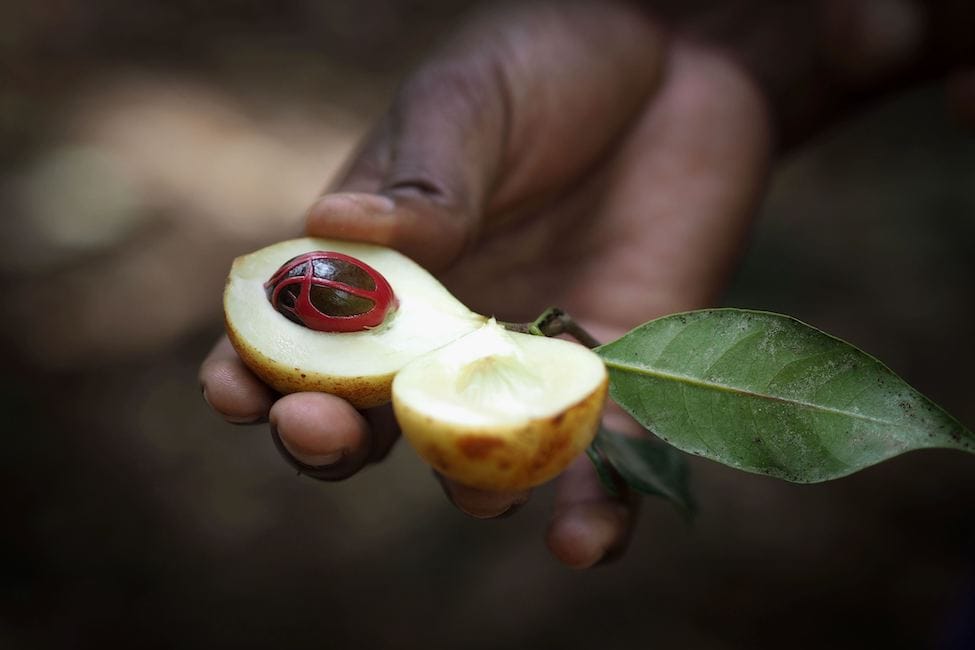
On a spice tour, you can get a close look at culinary delights like this nutmeg fruit.
5. Discover the Spice Islands
In the 1800s, Zanzibar became one of the world’s leading growers of cloves and other spices like cinnamon, nutmeg, and black pepper. It was a crucial stop on the spice route, attracting traders from Arabia, India, and Persia. Today, its spices are sold throughout the world.
Experience these spices at the source. Stop in at a spice farm for a tour that confounds the senses. Cloves, cinnamon, allspice, vanilla, black pepper, lemongrass, turmeric, ginger, annatto, and cardamom are just a few of the plants you may see on your visit. Some spice farms also grow delicious tropical fruits for sampling. Enjoy a refreshing herbal treat, such as lemongrass tea or ginger-infused mango juice, as part of your tour.

A Zanzibar red colobus monkey enjoys a meal of leaves in Jozani Forest. Photo by Patrick Mueller.
6. See Rare Animals
Jozani Forest is home to rare Kirk’s red colobus monkeys, found only on this island. It makes sense that the other name for this species is the Zanzibar red colobus monkey!
In Jozani, you may also see Sykes’ monkeys, bushbabies, Ader’s duikers, hyraxes, and more species of butterflies and birds than you can point your camera at.
Want to Visit Zanzibar?
Ujuzi African Travel can help you plan your trip to Zanzibar and beyond. Most of our travelers pair a stay in Zanzibar with a safari in East Africa. Spending a few days in Zanzibar is a great way to recover from jet lag at the beginning of your safari or unwind toward the end of your African adventure!
Contact us to make your travel dreams come true.
Sign up for the Ujuzi Newsletter!
From top travel tips to innovative safaris and conservation movement, get inspired to plan your next African safari!
By submitting this form, you are consenting to receive marketing emails from: . You can revoke your consent to receive emails at any time by using the SafeUnsubscribe® link, found at the bottom of every email. Emails are serviced by Constant Contact


